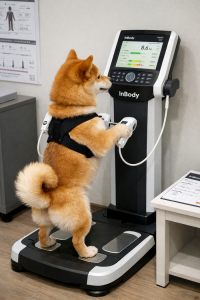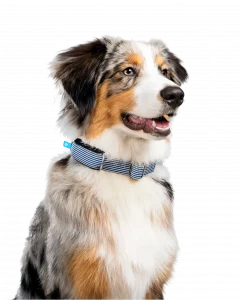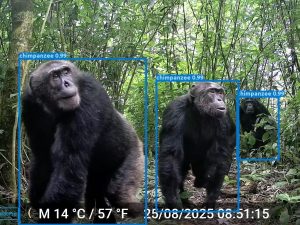Sandra Reitmaier, Serhan Narli
https://doi.org/10.1016/j.atech.2025.101252
Highlights
- •Hierarchical classification achieved 94% accuracy vs 87.5% in multi-class model
- •Model predictions aligned well with expert scorers in moderate-severe lameness
- •AI-based systems can reliably detect moderate lameness in dairy cows
- •Results support AI as a scalable alternative to subjective human scoring
Abstract
Lameness is a common health and welfare issue in dairy cattle, with significant economic consequences due to reduced productivity. Traditional visual locomotion scoring relies on human expertise and is prone to subjectivity and variability. This study presents an AI-based system for automated lameness detection, integrating deep learning for keypoint extraction with kinematic feature-based classification. A total of 424 high-resolution locomotion videos from 260 Holstein Friesian cows were collected across four German farms and scored using the 5-point Locomotion Scoring System (LCS) by 12 experienced human evaluators. The system was trained using two strategies: a direct multi-class Random Forest model and a hierarchical model combining binary and multi-class stages. The hierarchical model achieved 94% accuracy, while the multi-class model reached 87.5%. Both models showed high sensitivity and specificity, and their average prediction closely matched the consensus of human scorers. Despite this, mild lameness remained difficult to classify for both humans and AI, particularly between LCS-2 and LCS-3. The findings support the potential of AI systems to deliver consistent, scalable, and objective lameness detection, with future applications in real time farm settings to improve welfare outcomes and decision making.







